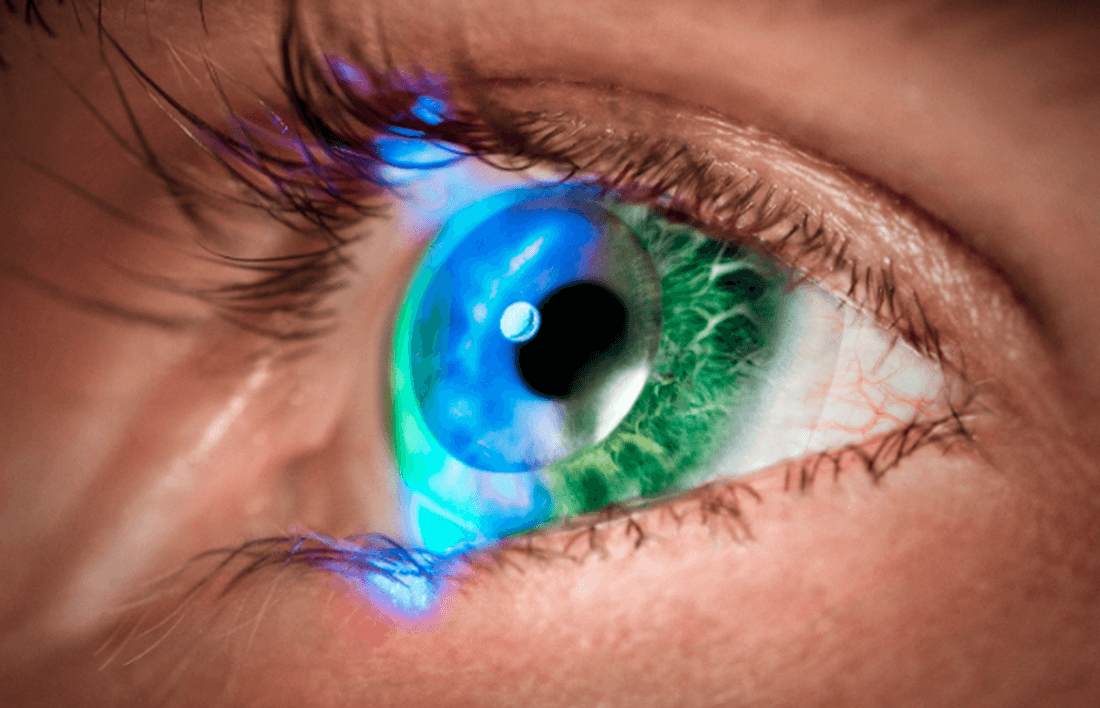Bring up the topic of wearables these days, and you're likely to see rolled eyes, shrugged shoulders, and a general sense of "whatever." The problem, of course, is that wearables were badly overhyped and haven't even come close to living up to the expectations that many companies, analysts, and industry observers had for the category.
Sales in many of the most closely watched sub-categories, notably smartwatches, have not been anywhere near the level that would make them "the next big thing." Sure, you could argue a few companies have done OK, but the short attention span of the tech industry has clearly been diverted to newer, sexier devices, like voice-controlled speakers, or AR and VR headsets.
Despite these issues, it may be that we've given up on wearables a bit too soon. The problem is that we're thinking much too narrowly about what the concept, and implementation, of wearable computing really is. To be clear, I don't see a big future for the individual products that we currently count as wearables, but I think the idea of several linked components that work together as a wearable computing system could have legs.
Imagine, for example, a combination of something you wear on your wrist, something you wear on your face, perhaps a foldable screen you carry in your pocket, along with a set of intelligent earbuds (which might be integrated into the glasses you wear on your face), all of which work together seamlessly.
The devices would each incorporate sensors and/or cameras that would enable real-world contextual information. They would all incorporate high-speed wireless connections, and the entire system would be reliably voice-controlled with an AI-powered digital assistant. Critically, I think a solution like this would need to be sold together as a system---though a componentized system might work as well.
Admittedly, there are some inherent challenges in a concept like this. It's hard enough for people to always remember to carry their smartphones, so thinking that they'll regularly walk around with 3 or 4 devices seems like a stretch. Remember, however, that certain elements of these solutions could eventually get integrated into other currently non-technical components of our lives, such as our clothing. Start thinking that way, and some of the concepts may not be quite so far-fetched.
Arguably, what I'm really talking about is the next evolution beyond smartphones into a highly personalized, but much less visible form of personal computing.
Arguably, what I'm really talking about is the next evolution beyond smartphones into a highly personalized, but much less visible form of personal computing. Given that I don't think people are too eager to give up their smartphones yet, this connected wearable computing vision is still clearly a ways off---maybe even as much as 8-10 years. Nevertheless, if we start to formulate a goal for where computing is headed, we can more easily envision that path from our present to the future. More importantly, we can start thinking more clearly about potential stops---or product concepts and iterations---along the way.
At some point, wearable computing devices or solutions or whatever form they end up taking will be part of our lives. Of that, I am convinced. But in order to start moving towards that future vision, we need get past the broken, highly separated wearable product categories of today and start thinking about a more integrated wearable solution for tomorrow.
Bob O'Donnell is the founder and chief analyst of TECHnalysis Research, LLC a technology consulting and market research firm. You can follow him on Twitter @bobodtech. This article was originally published on Tech.pinions.
